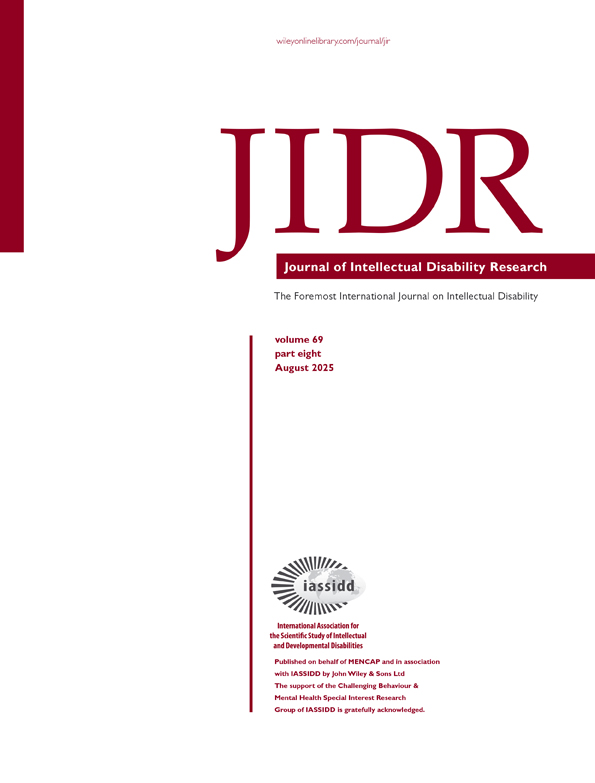Fragile-X syndrome, Down’s syndrome and autism: awareness and knowledge amongst special educators
Abstract
Fragile-X syndrome is the commonest cause of inherited intellectual disability. There is good evidence for a behavioural phenotype. This has implications for school staff using standard educational techniques. Similarly, autism is known to create particular educational requirements. The present study examined the awareness and knowledge of fragile-X syndrome, Down’s syndrome and autism amongst staff in special and mainstream education. One hundred and two special school staff and 40 mainstream school staff completed questionnaires. Most staff offered a variety of features ‘typical’ of Down’s syndrome and autism. In contrast, staff knew less about fragile-X syndrome. Specific knowledge about the learning styles of these children was very poor, but was associated with having taught an affected child. Mainstream and special school staff offered similar levels of knowledge for all three conditions. Staff did not demonstrate a sufficiently specialized knowledge of fragile-X syndrome to ensure that the special educational needs of these children were being met fully.




